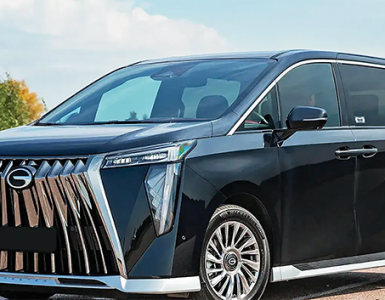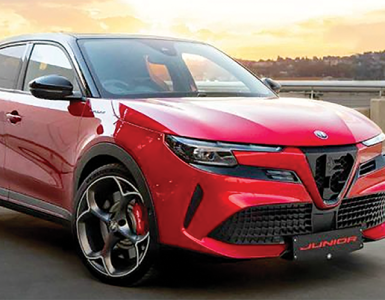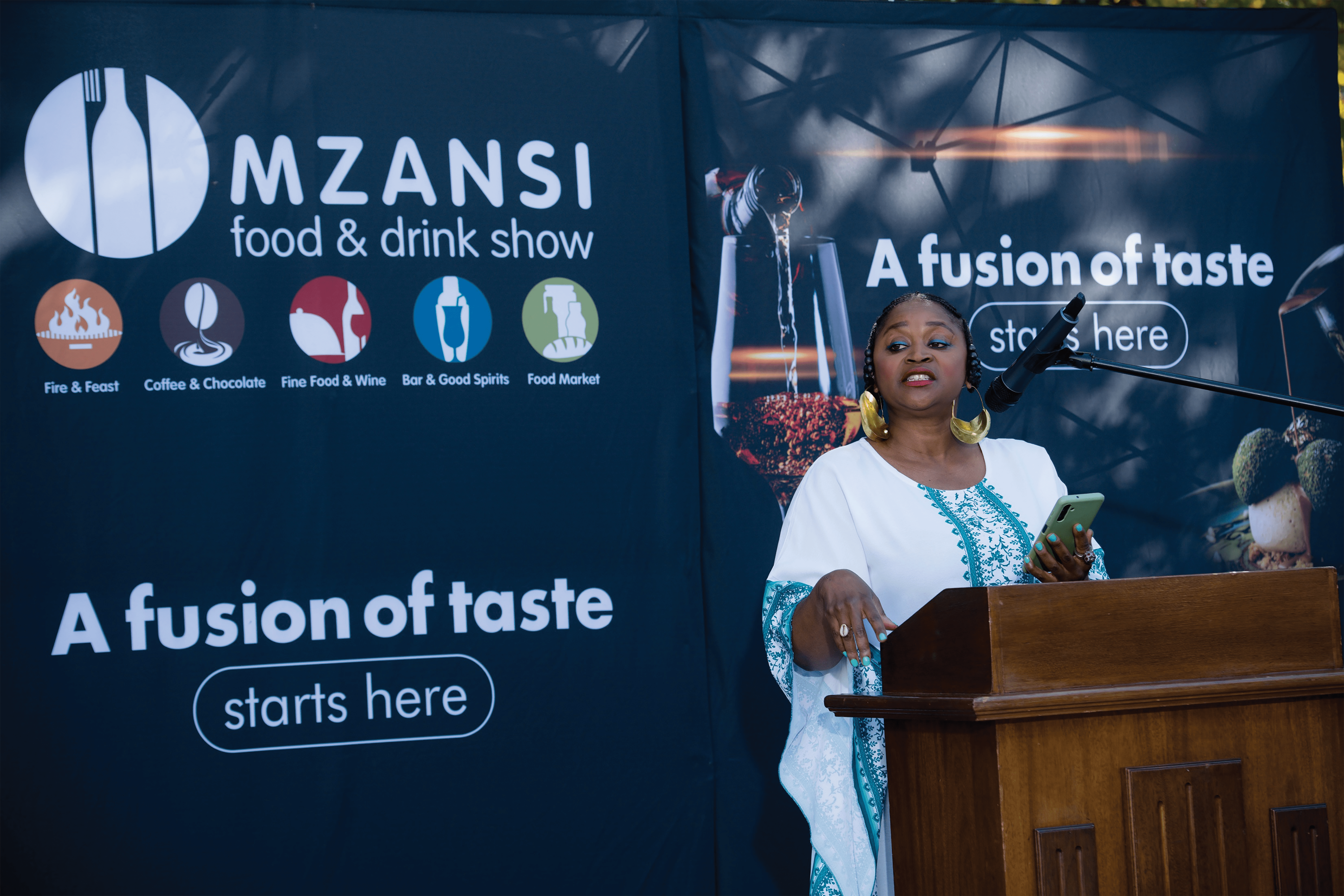Test bites: Most powerful Chinese bakkie unleashed on the local market to chump both the Ranger and Hilux and anything in between
By Ali Mphaki
A young woman goes for a late-night ocean swim during a beach party. An unseen force attacks and pulls her underwater. Her partially eaten remains are found washed up on the beach the next morning. After the coroner concludes she was the victim of a shark attack, the police chief closes the beaches…
So begins director Steven Spielberg’s terrifying motion picture the prototypical summer blockbuster 1975 movie Jaws, widely regarded as a watershed moment in motion picture history which went on to win several awards for its music and editing.
If Jaws was not terrifying enough, wait for it… there is now another shark on the prowl in the die- sel-infested waters of the double-cab market, which comes in the form of a petrol-electric plug-in hybrid (PHEV) predator aptly named Shark 6
With such an unusual name in our South African motoring lexicon, the obvious question is who is the manufacturer of such an apex predator, and you guessed right because the Shark 6 is presented by the Chinese manufacturer BYD, and as its name suggests, seem set to chomp the likes of especially the Ford Ranger and the Toyota Hilux and with little fear of any bakkie with which they cross path.
Again, what does BYD stands for and what is the company’s profile like?
In South Africa since 2023 and heralding their arrival with the Atto 3 in June 2023, and Dolphin in May 2024, and the Seal sedan joining the fray in October 2024 ( All three vehicles are electric), Build Your Dreams, BYD, has been quietly worming its way into the local market and with the line-up set to expand in 2025 and beyond.
Globally it is said to have produced more than 9 million NEVs, and also surpassed 3.23 million NEV sales between 1 January 1 and 31 October 2024, and since its start in 1994, BYD has grown from a 20-person entity to one with almost a million employees globally, conducting business in 96 countries and regions, comprising more than 400 cities, including South Africa. A disclaimer is that BYD, is pronounced by spelling the letters and not ‘bid’ as the acronym implies.
VITAL STATISTICS
Measuring 5 457 mm from nose to tail, the BYD Shark – which stands 1 971 mm wide and 1 925 mm tall – is a considerable 107 mm longer than a Ranger double cab, while featuring a 10 mm shorter wheelbase (at 3 260 mm) than that of the Blue Oval bakkie.
Performance:
Under the bonnet, the BYD Shark 6 boasts a plug-in hybrid powertrain that combines a 1.5-litre turbocharged petrol engine paired with dual electric motors. The system delivers a potent 321kW/650Nm, allowing for an impressive 0-100 km/h sprint time of just 5.7 seconds and a claimed fuel consumption figure of 2.0L/100km when the state of charge (SoC) is sufficient. The hybrid system provides a WLTP range of 670 km, with a claimed 100km of all-electric range from the 29.6 kWh battery. Inside, you’ll find a 12.8-inch multimedia rotating screen and a 10.25-inch LCD instrument panel, along with a 12-inch head-up display and wireless smartphone charging.
Pricing: The starting price is R959 900, similar to traditional diesel rivals like the Hilux and Ranger.
It is offered with just a single “Premium” derivative on the menu (for now, at least).
Features: The Shark 6 lacks low-range gearing and diff locks, which may affect its off-road capa-bilities compared to conventional utes.
Market Position: It aims to disrupt established brands with its novelty and competitive pricing, ap-pealing to buyers looking for a hybrid option.
The 5-seater plug-in bakkie has a payload of 835 kg (with the load bed measuring 1 520 mm by 1 500 mm by 517 mm), a towing capacity of 2 500 kg and a ground clearance (with maximum load) of 210 mm.BYD says the battery’s state of charge will move from 30 to 80% in approximately 20 minutes when using a 55 kW DC fast charger. Like its namesake in the deep blue seas, the Shark 6 has started with its test bites around the Hilux and the Ranger, and it remains to be seen it can finish the job as a modern alternative in the ute market.
Motoring: Briefs
PORSCHE WON’T MELT ICE
In addition to Porsche announcing plans to develop a new gasoline SUV to replace the Macan last week, the company also expressed its long-term commitment to ICEs ( internal combustion engines). CEO Oliver Blume revealed during the Annual Press Conference that the Cayenne and Panamera will retain gas power “far into the 2030s.”
While the Panamera recently switched to the next-generation mode (see pic above), the Cayenne has been around in its current form since 2017. Granted, the posh SUV – also in its third iteration – received a comprehensive facelift in 2023. Porsche has already said the Cayenne will keep its V-8 engine past 2030. It should be the same story for the Panamera, with both likely keeping the V-6 for the lesser versions.
During the press conference, Porsche’s head honcho admitted that the objective of having electric vehicles account for 80 percent of annual sales by the end of the decade is now “unrealistic.” In 2024, only 12.7 percent of the cars it delivered had no combustion engine.
LEWIS DESIGNS OWN STREET-LEGAL FERRARI
When Lewis Hamilton was dominating Formula 1 with Mercedes, he expressed interest in developing a special edition of the AMG One. However, that was back in 2019, and there’s been no word since on a bespoke version of the Formula 1-powered hypercar. Now a Ferrari driver, the seven-time F1 champion is once again eager to collaborate on a street-legal car, this time carrying the Prancing Horse. He has even assigned it a name already: F44.
TESLA TURBULENT TIMES
Tesla, the Elon Musk-run auto company, has had a turbulent time recently, fueled by its chief executive’s close ties to Donald Trump and increased electric vehicle competition.
The mounting issues have sent the company’s share price tumbling in recent weeks. The company’s registrations fell 49%year-on-year in January and February in the European Union. To make matters worse, Musk’s leading role in the Trump administration – and vocal support for far-right politics in Europe – appears to be hampering Tesla’s bottom line
NAVARA FIGHTS BACK
Billed as the toughest Navara ever produced, Nissan has announced the introduction of the Navara Warrior to its South African model portfolio.
Scheduled to make local landfall in April 2025, the Nissan Navara Warrior has been co-developed by the the Japanese automaker’s Australian engineering partner, Premcar.
“Premcar has taken it a step further by engineering perhaps the toughest and most durable Navara yet,” said Maciej Klenkiewicz, Managing Director for Nissan South Africa and Independent Markets Africa (IMA).
Based on the Pro-4X double-cab derivative, the Navara Warrior employs Nissan’s 2.5-litre turbodiesel engine. Coupled with a seven-speed automatic transmission, the four-cylinder oil-burner churns out 140 kW and 450 N.m of torque, the latter of which available from 2 000 r/min.


































